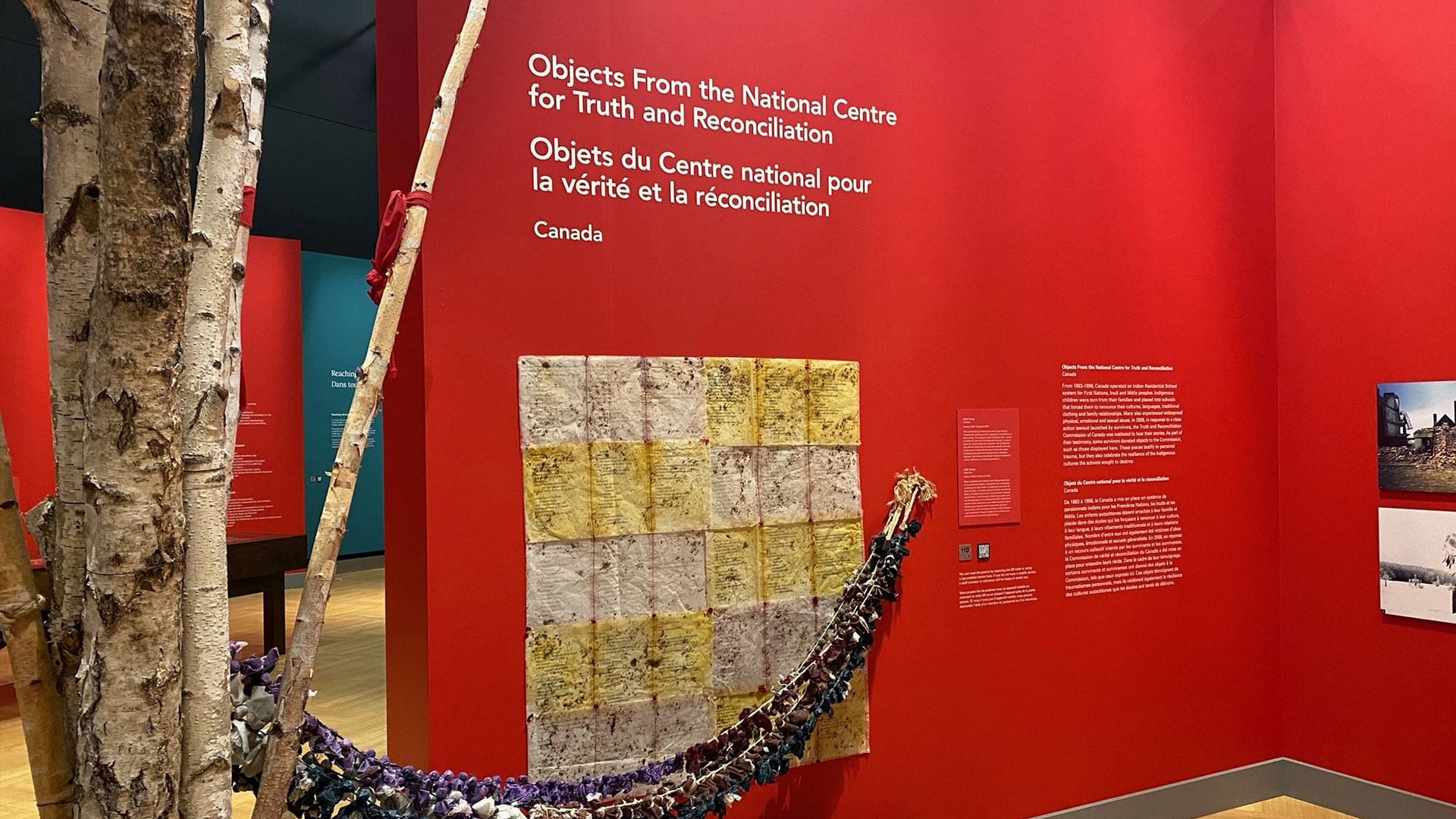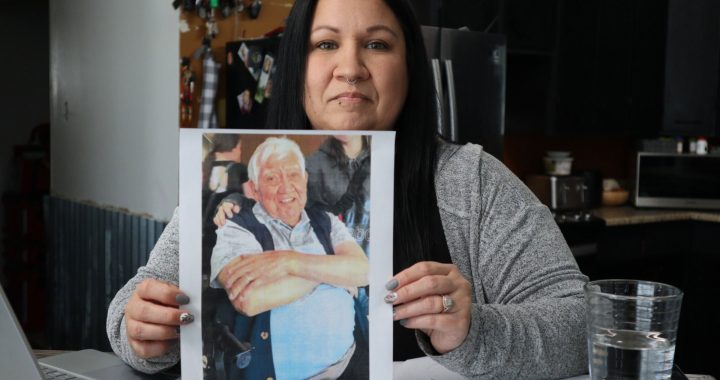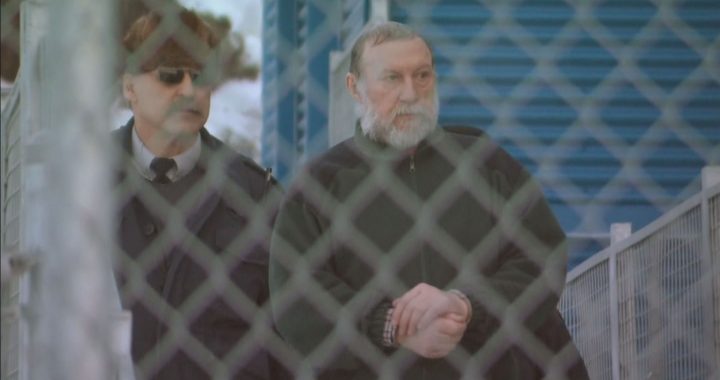Two new exhibits exploring the impact of residential schools are opening at the Canadian Museum for Human Rights this week, including the first public display since 2017 of the large scale project the Witness Blanket.
The Winnipeg-based museum is hosting the North American premiere of Artivism, an international exhibit using art to share the stories of mass atrocities and genocides across the world including the creation of residential schools, and Witness Blanket: Preserving a Legacy.
More than 800 items make up the Witness Blanket. Everything from locks of hair to baby shoes to dolls.
Each piece representing the experiences of residential school survivors.
The piece was completed in 2014 by Carey Newman, a Kwakwak’awakw and Coast Salish Master Carver and artist.
“This new exhibit revolves around the restoration and the conservation of the various pieces on the blanket. Taking into consideration where the pieces came from, what are the stories or spirit that are held within each of them and how do you best care for them in a museum setting where you aren’t disrupting or affecting that sort of underlying purpose for being,” Newman told APTN News from his home in Victoria, B.C.
Newman entered into a stewardship agreement with the CMHR in 2019, which would see the museum work with the artist to preserve the large piece.
“The museum is a place of dialogue. It is a place of conversation…the way that we’ve been able to present the Witness Blanket about residential school history in the context of global genocide, I think, is critical to holding this country [and] holding ourselves to account,” said Newman.
For years the blanket was on a traveling tour but wear and tear from that prompted Newman to halt the tour. A replica has been able to replace it.
Stephanie Chipilski, a conservation technician at the CMHR, is part of the team tasked with preserving and conserving the piece.

“We’re trying to honour the spirit of each material. It’s not just physical. There’s a living quality to each material on the Witness Blanket,” said Chipilski.
Visitors can use a mobile app to learn more about each of the items including in the blanket.
“For somebody who doesn’t really know much about residential schools it can be a window in. It can be the first steps toward understanding,” said Newman.
One of the pieces on the blanket is a statue of the Virgin Mary.
Artist and survivor Linda Young submitted the piece from her residential school in Onion Lake Cree Nation in Saskatchewan.
The Nehiyaw-iskwew artist’s work is also featured in Artivism, which is sharing space with the Witness Blanket.
The exhibit was developed by the Auschwitz Institute for the Prevention of Genocide and Mass Atrocities in New York and features the work of six artists and art collectives whose work takes an activist approach to expose, denounce and prevent mass atrocities and genocide, according to the CMHR.
“I don’t really know on one level what genocide means but I do know what it feels like to be in a place and you are taken. It’s just like you get turned inside out. You get disconnected from your family,” Young told APTN from her home in Saskatoon.
The exhibit includes pieces from artists in Iraqi Kurdistan, Indonesia, Bosnia and Herzegovina, Argentina and South Africa.
For the residential school portion the Auschwitz Institute reached out to the National Centre for Truth and Reconciliation (NCTR) to ask them to provide pieces from their collection.
The centre provided eight objects or items.
“This is the most international exhibit that we’ve ever participated in by far,” said Raymond Frogner, head of archives for the NCTR.
“As an archivist, I thought which one would have…a combination of artistic expression and just a poignant embodiment of the experience of residential schools.”
Young testified at the Saskatoon hearings for the Truth and Reconciliation Commission (TRC).
Afterwards she created an installation using tobacco ties holding medicine and ripped up portions of her testimony. She placed that installation in the Bentwood box on the last day the TRC was in Saskatoon in 2012.
At the time she never believed it would be put on the international stage.
“I wanted that to take up space in the Ottawa Archives because for me that story and all the survivor’s stories needed to be preserved, kept and remembered,” said Young.
Both exhibits are on display until January 2022.











